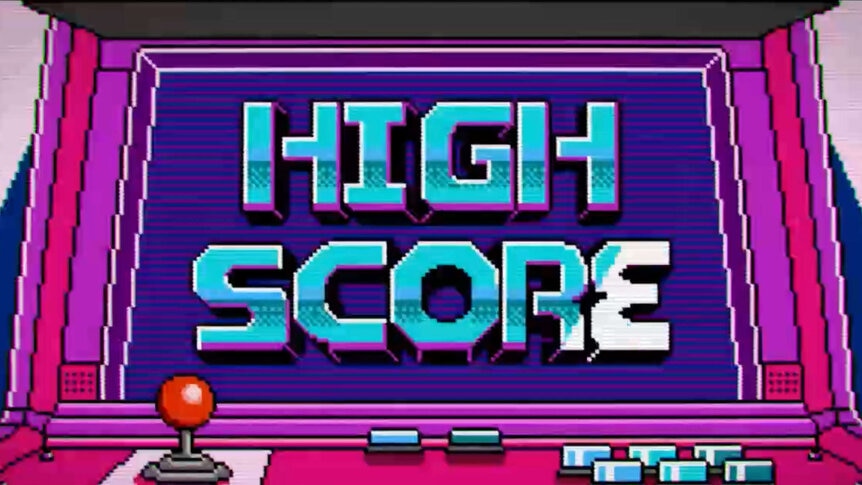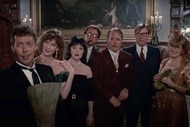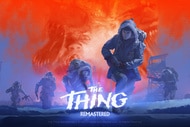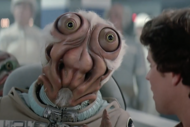Create a free profile to get unlimited access to exclusive videos, sweepstakes, and more!
Netflix's docuseries, High Score, levels up the unknown heroes behind our favorite video games
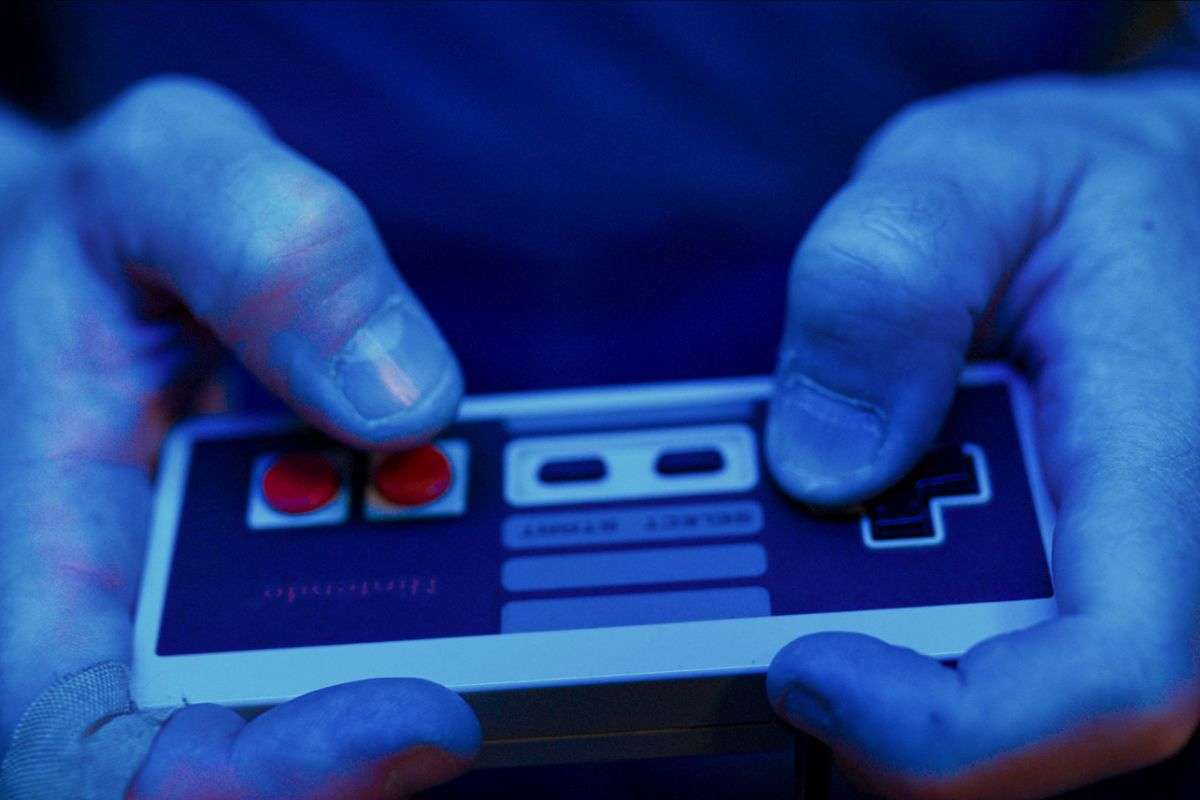
There have been a lot of video games since Pong essentially launched the industry in 1972. Conservative estimates across the decades, including all the various consoles, puts the array of titles at least 15,000. And, behind every tale of ghost-eating, princess-rescuing, or alien-shooting, there’s a real, compelling story about how each game was made. With such a mind-boggling number of games to choose from, filmmakers Melissa Wood and France Costrel had no shortage of stories to consider for their Netflix original docuseries, High Score. What really sets the series apart, though, is who High Score has telling those stories.
There are already several compelling (and less compelling) documentaries about the creatives who make the games, develop the games, and sell the games. But, so many of these documentaries heavily lean on the familiar white, male creator story to guide us through their narrative of choice. What Wood and Costrel wanted to do with High Score was make sure more of industry’s untold stories — those featuring women, transgender, and POC — got their fair share in their series. So while their episodes are centered on immediately identifiable mainstream topics of Atari, arcade hits, Nintendo, Sega, and first-person shooters, it’s the people talking about those subjects who distinguish High Score as something new and informative, even for hard-core gamers.
SYFY WIRE got on the line with Wood and Costrel to find out how they narrowed their focus for the six-episode series, and found the stories that illuminate even more heroes behind the games we love...
Let’s start with how you created the episodes of High Score with the intention of finding new voices in the industry?
France Costrel (Director, Executive Producer): It was really important for us to have a diversity in the characters and the stories. Not even just with the characters because I think everybody sees gaming as a very male group. Yet actually, most gamers are women. We also wanted to look at the games themselves. For example, I loved Street Fighter when I was a child. But we wanted to speak about the fact that there was also a female fighter [in it]. I think that was so interesting. And there were trailblazers and their stories were great. And within our team, we also had a lot of women, which was something great too.
How do you narrow down stories to just six episodes? Where do you start — with the world’s largest whiteboard?
Melissa Wood (Executive Producer): Yeah, I mean, it did start with France and I, in a room, with literally a whiteboard. We would read. And then, we would look at each other and scribble something on the board. And then, we’d read some more and then talk. It was so messy. It was so overwhelming. [Laughs.] I mean, there are so many games out there.
But, we tried not to approach this series in a historical way. Even though it's nostalgic, we wanted it to feel active and relative, and not like an intellectual, historical mythology. I think that stories just started to emerge from what we were reading and the conversations we were having with the people who developed these games. A natural story progressed. I don't know if you would agree with that?
Costrel: Yeah, we could have looked at this series like, “Let's do one of those games,” but we were like there are so many great stories. So, our instinct was let's just first look into the people behind the pixels in these stories. And once we have narrowed down the characters, it's then how do we weigh these stories and how that works? You know with a True Crime series, the story kind of writes itself. So for us, it was what's our overall arc? And how do we weave all these stories from all these different games? In Episode 1, Melissa had this great idea when you see [Atari creator] Nolan Bushnell, of going back to him, and then going back into our narrative. We had fun with the storytelling that way so that it wouldn’t be historical and boring. Hopefully, we did it justice.
You utilize original 8-bit and 16-bit animations instead of standard reenactments. How did they come about?
Wood: Yes, we had an amazing team. They worked in our office with us. It was led by the art director, Phil Robibero, who's a Great Big Story employee. He came onto the team and helped us figure that out. We would have ideas in the edit room, and we’d run across the hall, and then we would talk to them about the ideas. It was a very sort of symbiotic relationship,
Costrel: And we were also really unsure about how we transition from footage to these animations and then back out, making sure that it all fits as a whole. I think what the animation team did great is that they were literally making storyboards. And so, we would always have a transition shot. And there were a lot of cinematic tools behind these animations almost like camera movements, and that was crucial to make sure that it all belongs to a whole and in the series.
The opening score was composed by the well-known video game composing duo, Power Glove. What did it take to get them involved?
Wood: We sent them an email basically outlining the series and they immediately replied and said, “This sounds like something we definitely want to do.” They were so lovely and amazing to work with and just knocked it out of the park. I mean, I don't know how many times I've listened to that title theme music and I'm just not sick of it. And, in fact, many people in the office, myself included, started listening to Power Glove during workouts because it felt like it really captured the essence without being repetitive of the music library that we were using for the rest of the series.
For the rest of the series, we talked about using a composer, but we really wanted to have so many options and so many different moods and tones. We felt like a library, used smartly, could really help us just expand our palette. But Power Glove, they were the only choice for the title sequence.
I’m sure there were a lot of stories left to tell on that whiteboard. What about a second season?
Wood: I can't say that there will be another season, but I will say I would've really loved to do a story about Will Wright and SimCity and how that developed. I think that there are such elegant, amazing, philosophical ideas behind that game and how it changed the way we play.
Costrel: I was really happy with it. But I was thinking just now I would hope that maybe the viewers of this first season would be like, “Hey, I loved playing that game, you need to do a story about it!” I think it'd be amazing to just have the audience tell us.
Last but not least, what games are you playing now?
Costrel: I just had a baby, so I suddenly am just mainly living in the land of diapers. But eventually, I will get back into gaming.
Wood: And since I'm quarantined with my seven-year-old, I'm forced to play Roblox with her all day. [Laughs.]
High Score Season 1 is available now on Netflix.
